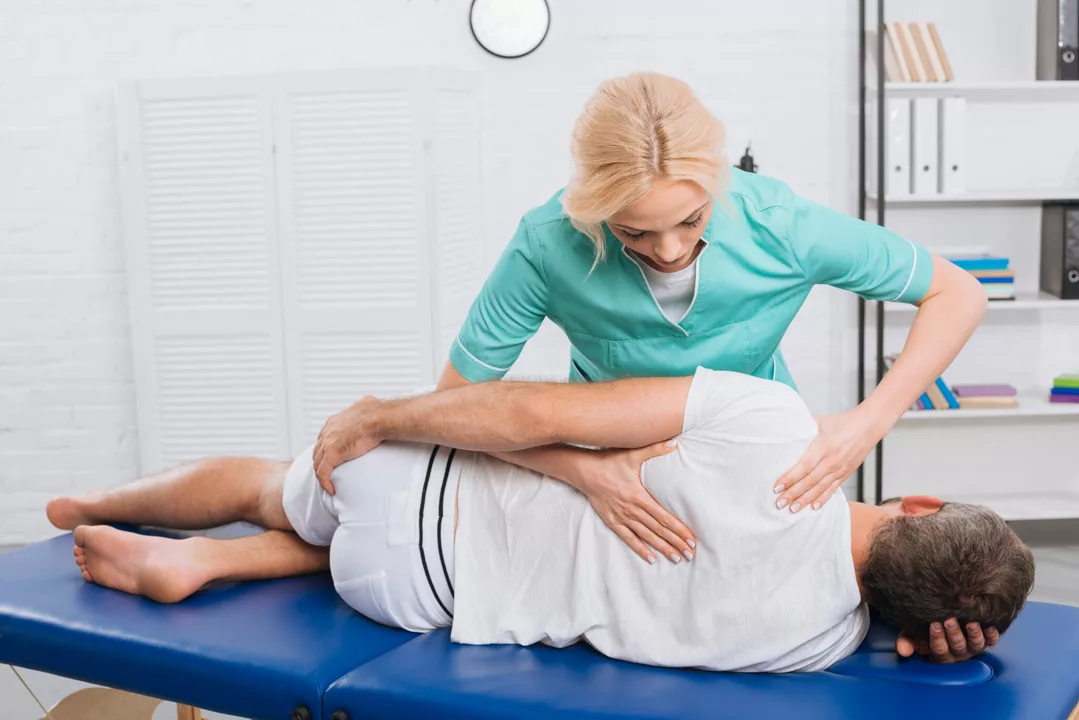Massage Therapy: What Works, What to Avoid, and How to Get Results
Feeling stiff, stressed, or worn out? Massage therapy can be a fast, low-risk way to ease pain, boost recovery, and sleep better. This guide gives clear, usable tips so you know which type fits you, how to pick a therapist, and what to watch for if you’re on meds or healing from injury.
Benefits and how massage helps
Massage does three simple things: relaxes tight muscles, improves local blood flow, and calms your nervous system. That combo can cut muscle pain, reduce tension headaches, and speed recovery after workouts. Many people also notice less anxiety and better sleep after a few sessions. If you have a specific issue — like low back pain or shoulder stiffness — choose a session focused on that area rather than a general relaxation massage.
Before booking, ask whether the therapist uses clinical techniques or a spa approach. Clinical sessions focus on problem areas and may feel intense; spa sessions aim to relax. Both have value, but pick the one that matches your goal.
Types of massage and when to use them
Swedish massage: gentle strokes and long movements. Good if you want relaxation and basic muscle relief.
Deep tissue: slower, firmer pressure to reach deeper layers. Use this for chronic tightness or scar tissue, but expect some soreness afterward.
Sports massage: targets athletes and active people. It combines stretching and focused work to improve range of motion and speed recovery.
Trigger point or myofascial release: aims at specific painful spots that refer pain elsewhere. Ask for this if you have recurring knots that cause headaches or limb pain.
Pregnancy/prenatal massage: specialized approaches to keep mom safe and comfortable — only see therapists trained in prenatal care.
Skip massage or get medical ok when you have: fever, open wounds, contagious skin conditions, recent fractures, uncontrolled blood pressure, or active blood clots. If you take blood thinners or chemotherapy, check with your doctor first — pressure that’s normally safe can be risky in those cases.
How to pick a good therapist: check credentials (licensed or certified in your area), read a few recent reviews, and call to ask if they’ve handled your issue. On your first visit, say exactly where it hurts, what feels better or worse, and any meds you take. A good therapist will modify pressure and avoid painful techniques if you ask.
Quick home moves that help right away: use a tennis ball against a wall for shoulder blades, roll a foam roller along your upper back for 1–2 minutes, and gently knead your calves for 30–60 seconds after exercise. Keep strokes slow, breathe, and stop if pain sharpens.
How often? Start with one session a week for a month if you’re treating chronic pain, then adjust to every 2–4 weeks for maintenance. For general stress relief, once or twice a month can be enough.
Want more targeted help? Bring recent medical notes or a list of medications to your first session. That makes the massage safer and more effective.
